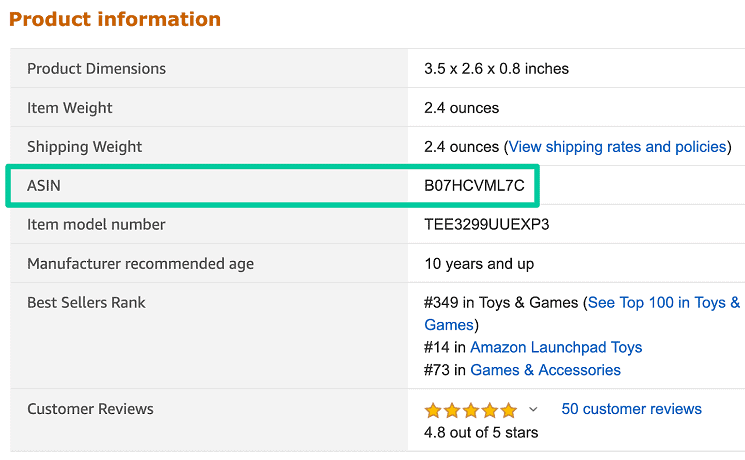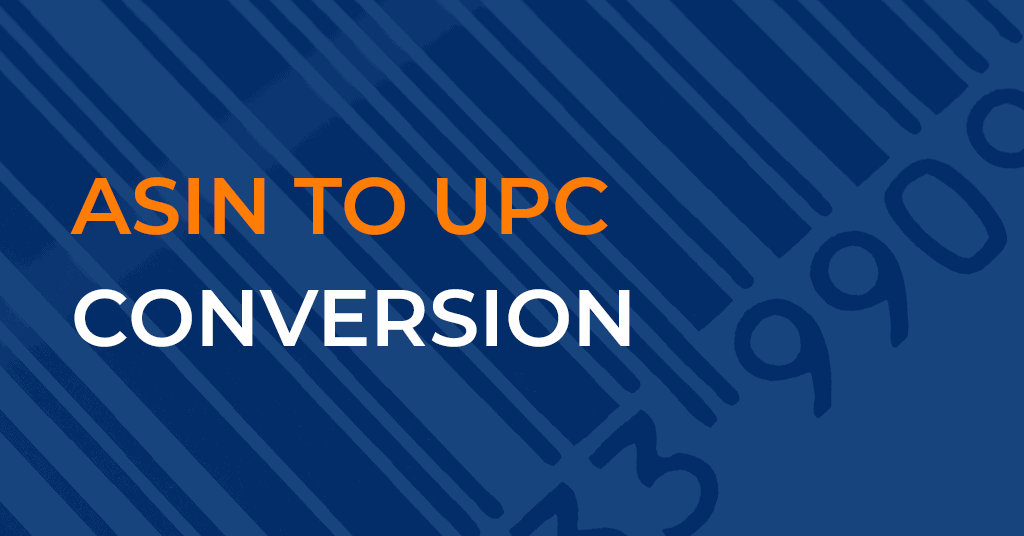Amazon Inc. is arguably the largest marketplace in the world.
It is one of the few forces of business that did not shut down in the face of adversities related to the Covid-19 pandemic.
Amazon allows millions of companies, individual proprietors, and vendors to sell their goods on Amazon’s online racks.
Businesses that opt for Amazon’s FBA service only have to send their sold goods to Amazon, where the e-commerce giant completes the shipping and delivery process.
FBA stands for ‘fulfillment by Amazon,’ which Amazon provides to give ease of access to individual sellers.
Because of Amazon FBA, businesses do not have to manage the mandate of delivering the right package to the right person. Instead, they only have to follow protocol regarding packaging and labeling their product, and sending it to the designated Amazon fulfillment center.
In the labeling and packaging process, businesses have to ensure they get a few specifics right. They need to inform Amazon about unique identifiers that the products might have.
Knowing these details allows Amazon employees to segregate and deliver your product more efficiently.
Why should you convert your ASIN to UPC?

All products available on Amazon’s shelves have a unique 10-digit identifier known as ASIN. It stands for Amazon Standard Identification Number.
Back in the day, when Amazon only sold books, they were cataloged using their ISBNs – unique identifiers for books.
Amazon followed the same 10-digit number model to make it easier to facilitate new products without changing its existing mechanisms. Today, every Amazon product has a designated ASIN.
Similar to an ASIN, a UPC is also a unique identifier used by supply chains across the globe to identify various goods. It stands for Universal Product Code.
It is a 12-digit code generated by an organization called GS1 to create a uniform method of identifying objects rolling on conveyor belts. A UPC is the most commonly used form of product barcode identification in the world.
It is essential to know that Amazon generates ASINs. No vendor has to purchase one from the company. In fact, any layperson can find a product’s ASIN with a simple search on the world’s biggest online marketplace.
Once you get your hands on an ASIN, you might need to quickly find the UPC for your desired product. To place an order for your product, you will need its UPC. That is when you convert an ASIN into a UPC.
Moreover, if an ASIN for a product already exists, it means you will have to use a UPC for selling your product on Amazon.
The company does not allow products to be sold without knowing their GTINs. These GTINs can be UPCs, commonly used across North America, EANS, used in Europe, or JANs, used in Japan.
Therefore, businesses can use ASINs to confirm whether they need to procure a UPC or not. If a product is not listed on Amazon, it does not have an ASIN. Consequently, listing that product on Amazon will perhaps not require a UPC.
In conclusion, you may need to convert your ASINs to UPCs to place orders for restocking products or checking whether a particular product is listed on Amazon.
How to convert ASINs to UPCs?

UPCs are an essential facet of Amazon’s FBA service. Every product sent to Amazon by a vendor must contain a UPC barcode label on it.
Amazon also uses its FNSKU barcode system to stock, sort, and deliver products from its inventory.
Now that you know the importance of having a UPC label on your product, let’s find out how to convert existing ASINs to UPCs.
Numerous apps and APIs are available on the web that will help you easily convert existing ASINs to their designated UPCs. All you have to do is enter the ASIN, and the API will run a quick search and offer you the UPC you need.
You will need an Amazon Seller Central account to avail of the service of these apps. These apps also enable you to upload a list of ASINs in bulk in an Excel file so that you get a comprehensive list of all the UPCs you need.
You can import your list of ASINs in bulk. A CSV importer allows you to select the columns of data you want to upload. Some identifier converters have large processing capacities.
They can process up to 100,000 identifiers at once and offer you results within seconds. They will also provide you other product data like sales rank and pricing.
All these product details are updated and refreshed throughout the day. These APIs and apps that convert ASINs to UPCs are free to use.
Why do you need a UPC to sell on Amazon?

Amazon is no small business. The company handles millions of transactions, shipping, and deliveries every day.
These arduous tasks require an unprecedented level of organization and micromanagement among the workforce.
Additionally, Amazon has placed specific mechanisms that help its employees to identify, trace, and ship the right package to the right person. Only if a business follows all guidelines in packaging and labeling will Amazon accept the shipment.
Amazon also has safeguards in place that prevent any layperson from selling any random thing on the internet. Amazon asks its vendors to list products by providing necessary GTINs. Therefore, you need to provide a product’s UPC, EAN, or JAN to Amazon to ensure that your product is listed on the marketplace.
A UPC is the most commonly used globally mandated identifier in the world, and knowing your product’s UPC is instrumental in listing on Amazon.
When you provide a UPC, or any other GTIN, for your product during its listing process, Amazon verifies the same with the GTINs generated and listed by GS1 to ensure authenticity and transparency in its marketplace.

Only when the product ID given by you matches the ID generated by GS1 will Amazon list your product on its air.
UPCs are built to aid buyers, sellers, and FBA employees to identify products among the millions that enter the market every day.
Inventory management, a crucial part of Amazon’s FBA service, essentially runs on product data like UPCs and FNSKUs. So if a product is stuck in transit or lost in the entire supply chain management process, it can be tracked easily using its UPC.
Amazon’s UPC mechanism raises awareness and clarifies the communication between buyers, sellers, and FBA employees. Amazon’s supply and delivery model would crumble to ashes without a uniform tool like UPCs in place. Likewise, warehousing and product tracking would be an impossibility without the provision of UPCs.
Most importantly, there would be no oversight in the global trade supply-chain management. Conveyor belts would run amok were it not for the presence of organizations like GS1, who generate and ratify all products on the market using UPCs.
You cannot create a new UPC for your product. Instead, you have to purchase them from GS1 for a price of $25-$30 for every code. Note that every one of your products must have a different UPC.
Conclusion
Every vendor who wishes to sell their products on Amazon’s retail space must acknowledge and follow all necessary guidelines.
As a vendor, it is your responsibility to give Amazon complete clarity about the products you wish to sell and abide by Amazon’s mechanisms.
There is a need for significant oversight in the world of supply-chain management and deliveries. This oversight is provided by organizations like GS1, which provides and authorizes specific IDs called GTINs for every product in circulation.
But, unfortunately, Amazon uses the same system to benefit and refuses to throw caution to the wind. Instead, the e-commerce mogul uses different GTINs like UPCs and EANs to verify and list various products on their forum.
Vendors and companies like Amazon and Walmart use product identifiers like UPCs to keep an eye on whether a product is being sold on other marketplaces. In addition, UPCs help you keep track of your product inventory and look at further product details.
Amazon allocates a special ASIN to every product listed on its marketplace. These ASINs are linked to a product’s UPC, and Amazon aims to verify the authenticity of all these products using that mechanism.
In addition, there are tools available on the web in the form of apps and APIs that allow you as a vendor to convert the ASINs that you know into GS1-generated UPCs that may be difficult to find.
You can use these UPCs to register and list products that you wish to sell on Amazon. When you list a new product under your brand, you need to mention its product ID, i.e., its UPC.
Without its UPC, Amazon does now allow you to list a new product. Amazon has a list that contains all the brands and products that have been already listed on the marketplace.
Thus, they already have registered UPCs. You will have to adhere to these UPCs if you want to sell these brands and their products.




